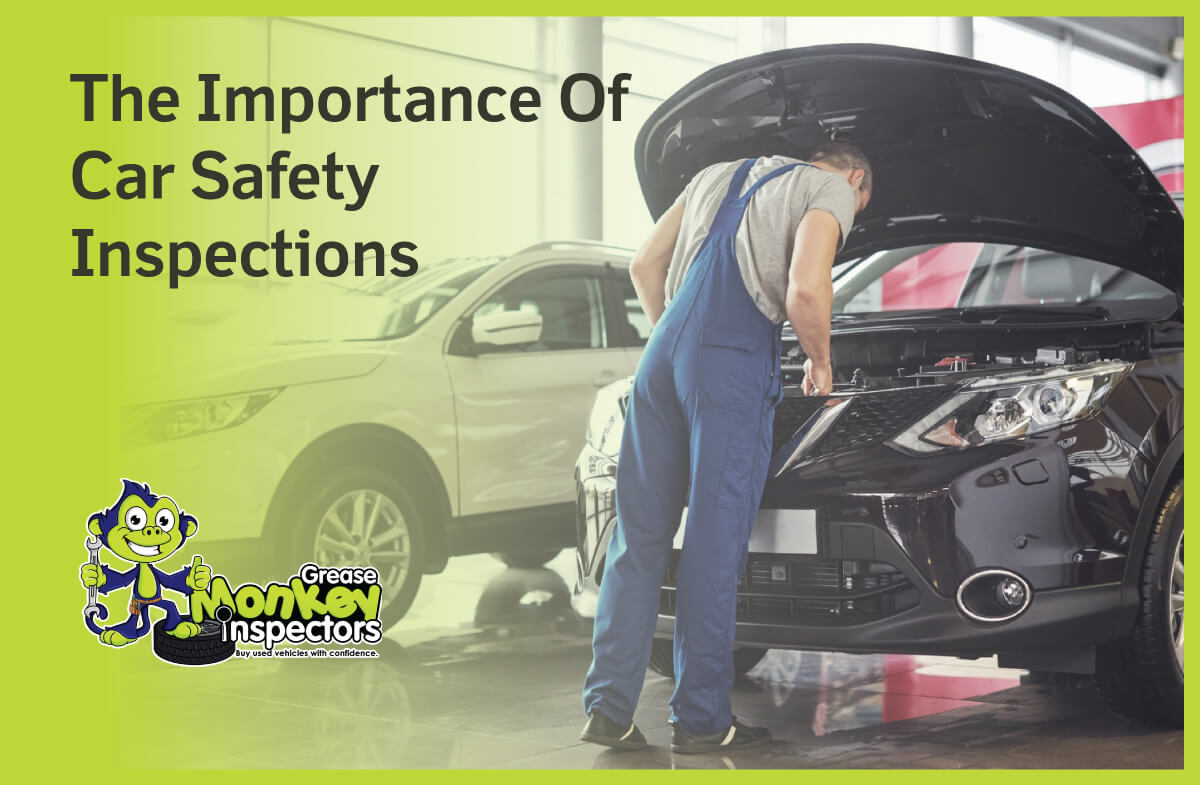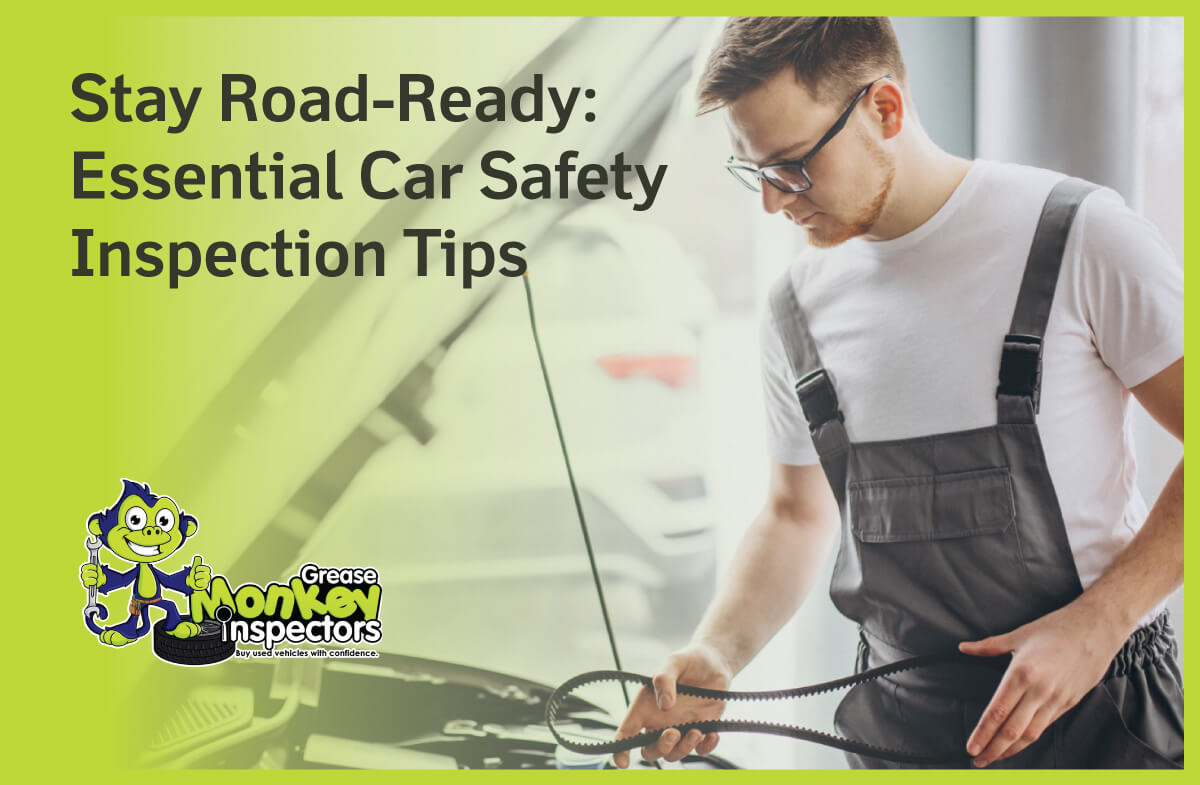Are you planning a road trip soon? Whether it’s a weekend getaway or a cross-country adventure, ensuring your vehicle’s safety is paramount for a smooth and worry-free journey. That’s where car safety inspections come into play. In this comprehensive guide, we’ll walk you through everything you need to know about car safety inspections, from the checklist to where to get them done near you.
Understanding Car Safety Inspections
Before hitting the road, it’s crucial to ensure that your vehicle is in top-notch condition. Car safety inspections are designed to assess various components of your vehicle to ensure they meet safety standards. From brakes to lights, tires to steering, these inspections cover all essential aspects to guarantee your safety on the road.
The Car Safety Inspection Checklist
A typical car safety inspection checklist includes:
- Brakes: Ensuring that your brakes are functioning properly is crucial for safe driving.
- Lights: Properly functioning headlights, brake lights, turn signals, and hazard lights are essential for visibility and communication on the road.
- Tires: Adequate tire tread depth and proper tire pressure are vital for traction and stability.
- Steering and Suspension: Properly functioning steering and suspension systems contribute to a smooth and controlled ride.
- Exhaust System: Checking for leaks and ensuring that emissions are within acceptable limits.
- Seat Belts: Ensuring that seat belts are in good condition and properly functioning.
- Mirrors: Properly adjusted side and rearview mirrors for optimal visibility.
- Windshield Wipers: Functional windshield wipers for clear visibility during inclement weather.
- Horn: Ensuring that the horn is operational for alerting other drivers in emergency situations.
Where to Get Car Safety Inspections
Finding a reputable place for car safety inspections near you is essential. Whether you’re in Ontario or anywhere else in Canada, there are various options available. You can search online for “car safety inspection near me” or “safety car inspection near me” to find nearby inspection stations. Popular options include Canadian Tire, independent auto repair shops, and certified inspection centers.
Cost of Car Safety Inspections
The cost of a car safety inspection can vary depending on the location and the extent of the inspection. On average, you can expect to pay anywhere from $50 to $150 for a thorough inspection. While this may seem like an additional expense, it’s a small price to pay for peace of mind and safety on the road.
Does My Car Need a Safety Inspection in Ontario?
In Ontario, certain vehicles require mandatory safety inspections. This includes used vehicles being registered for the first time in Ontario, vehicles transferring ownership, and vehicles being registered in Ontario from another province or country. It’s essential to check the Ontario Ministry of Transportation website for specific requirements based on your vehicle type and situation.
Benefits of Regular Car Safety Inspections
Regular car safety inspections offer several benefits, including:
- Safety: Ensuring that your vehicle is safe to drive for you, your passengers, and others on the road.
- Preventive Maintenance: Identifying potential issues early can prevent costly repairs down the line.
- Compliance: Meeting legal requirements for vehicle safety standards and regulations.
- Peace of Mind: Knowing that your vehicle is in top condition provides peace of mind during your travels.
Conclusion
Don’t overlook the importance of car safety inspections when planning your next road trip. By following this comprehensive guide, you’ll be well-equipped to ensure your vehicle’s safety and enjoy a worry-free journey. Remember to schedule regular inspections and address any issues promptly to keep your vehicle running smoothly. For hassle-free inspections, check out our Inspections Packages 👈
Remember, safety comes first, so don’t hesitate to prioritize your vehicle’s maintenance and inspections for a safer driving experience.










